|
After The Announcement of India selling BrahMos missile to Vietnam and probably Philippines also, Many Fanboys went gala over it. It is true that BrahMos is a very effective antiship weapon. But without technical comparison it will be a daydream to think that BrahMos can stop an Invasion on Vietnam's Waters. To know the effectiveness it is important to study how BrahMos performs against Chinese Ship Based SAMs and how much punch does it pack. For that purpose we must study the PLAN ships deployed at it's Borders with Vietnam and their effectiveness. It is very important for India to contain China and create more troubles for it in it's own backyard. Hats Off to the Indian Govt.'s decision to sell BrahMos to Vietnam and even perform Oil exploration there. This would keep China too busy in their own backyard where they would increase the concentration of their assets and won't be able to deploy any formidable force in Indian Ocean. We need to study the Chinese ship based Air Defence Missiles and their probability to hit BrahMos. This would give us clear idea/analysis of our main attack missile BrahMos being capable of high manouvering and accurate Chinese Surface to Air Missiles. The Chinese Ships have been armed with mainly 3 types of Missiles that are used for air defence. The Mach 3 capable BrahMos which is (almost) the fastest Cruise missile in the world definetely have got chances that could be intercepted. The three types are.......................... 1. H Q 7 small range Surface to Air Missile. 2. HQ 16 medium range SAM. Ship based version named as HQ 26. 3. HHQ 9 long range SAM. All Explained below. 1. HongQi 7 / Red Flag 7 FM-7The HQ 7 is a short range surface to air missile developed by China Aerospace Science and Technology Corporation. It became PLAN's standard short range SAM in this 1990s. It has got an 8 cell launchers with reload units where missiles are stored in multiples of 8 (8, 16, 24 ). The Type 360s E/F band Doppler radar can detect 30 targets and engage 12 targets simultaneously at its best shot. This is quite an old technology it is something like a 2++ generation SAM. Its minimum engagement altitude is 50m. But BrahMos can fly even as low as 10m. So HongQi 7 does not offer much resistance. Its warhead is of 15 kgs. The HongQi 7 is used in Type 054 frigate. But the next one is quite a formidable challenge. I have avoided to go too much in detail in this missile because of that. But there are chances , if BrahMos is launched from very near then it's early detection is possible and an expert crew on Type 054 can intercept BrahMos even if its chances are less. But the chances exist ! Against BrahMos :-The terminal velocity of BrahMos is Mach 2.8. It is a sea skimming missile and flys very low, almost hugging the ground. Whereas HQ 7 can't intercept targets that low and has a poor reaction time. It simply does not offer any resistance to BrahMos. Many people claim that this missile might cause problem when BrahMos could be in it's terminal phase. As when moments before BrahMos warhead is about to struck the ship the HQ 7 could stop it. But seeing the available figures about reaction time of a whopping 12 seconds it simply cannot stop BrahMos.
|
AuthorPalash Choudhari Archives
April 2021
Categories
All
|
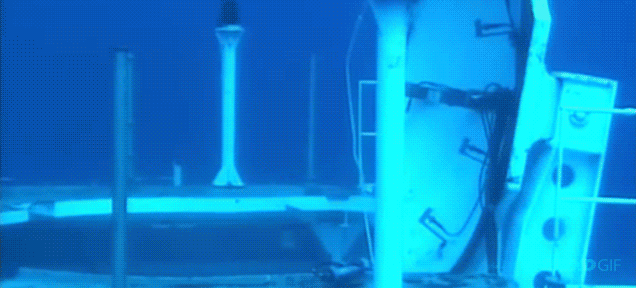
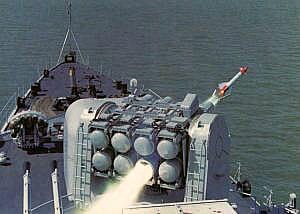
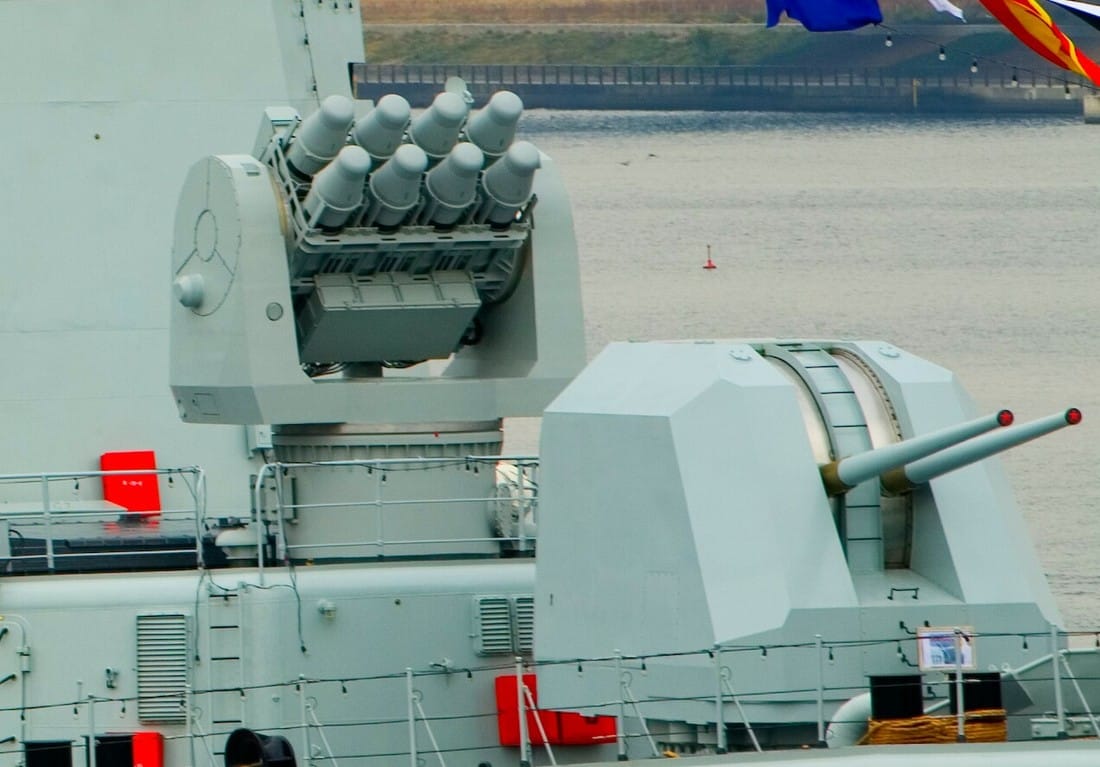

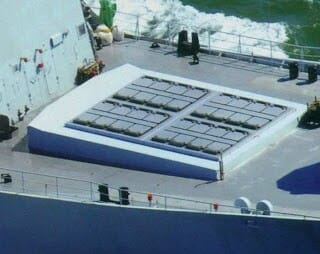
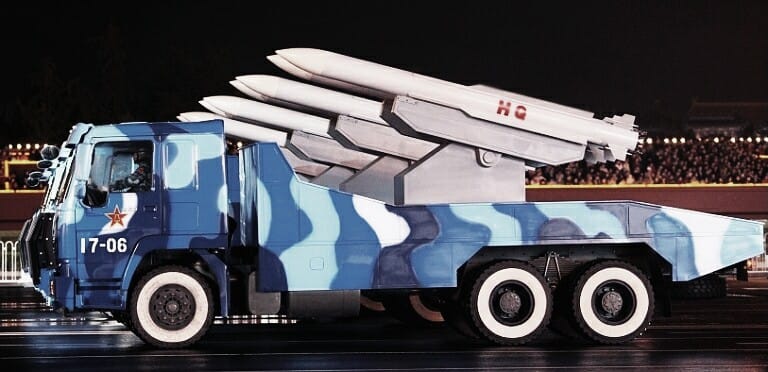
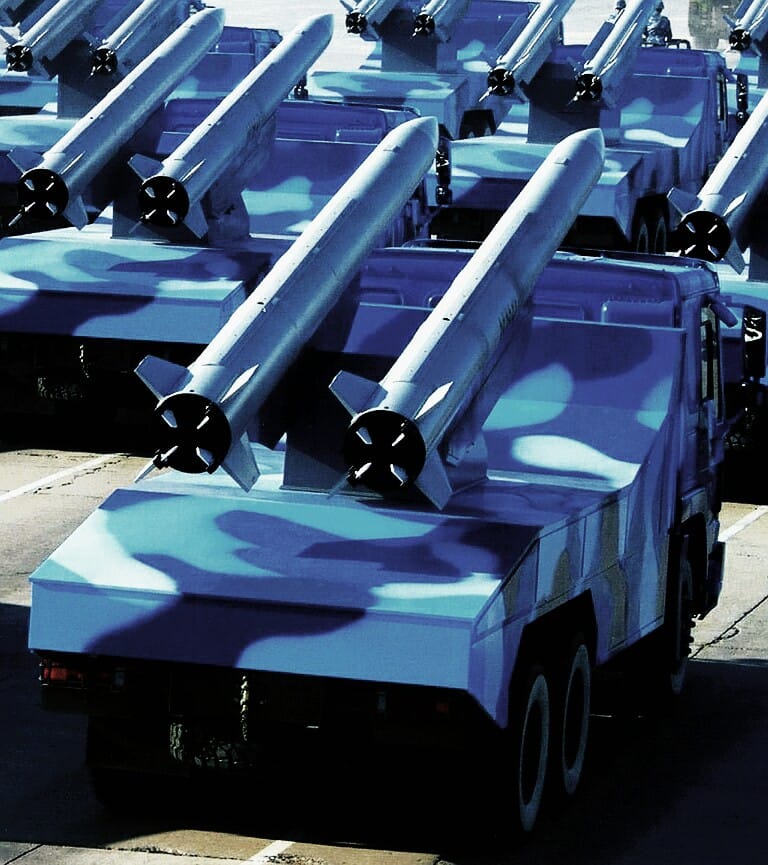
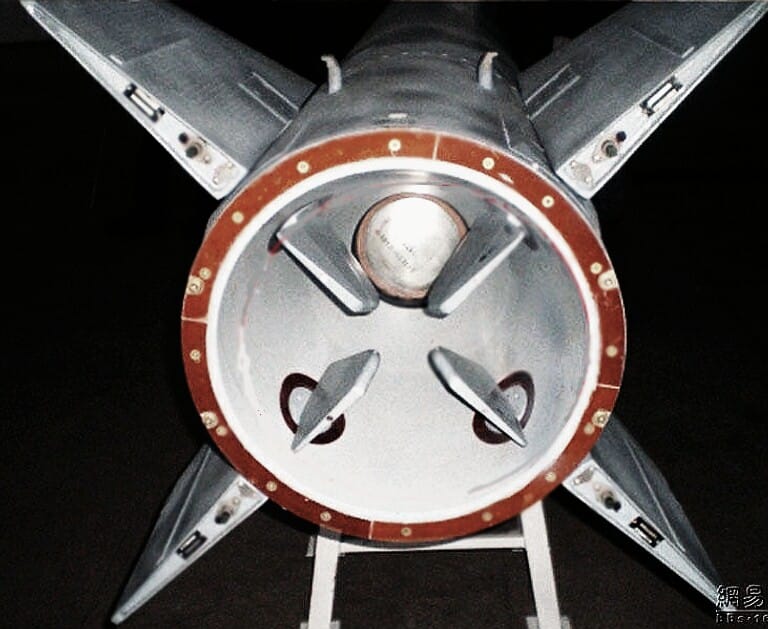
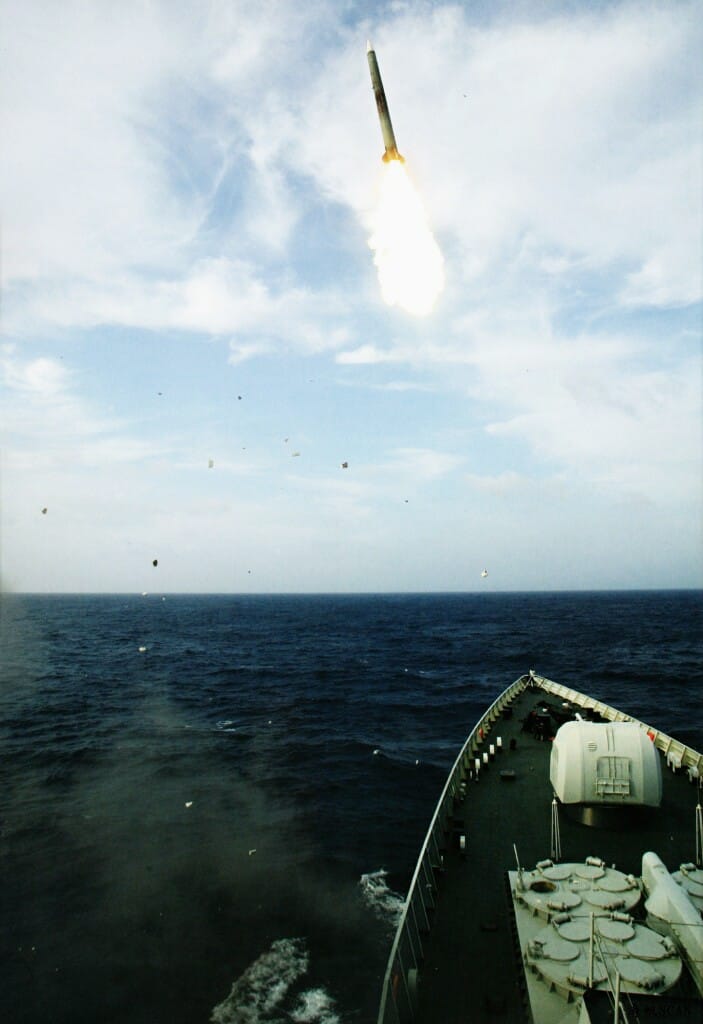
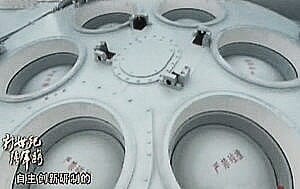
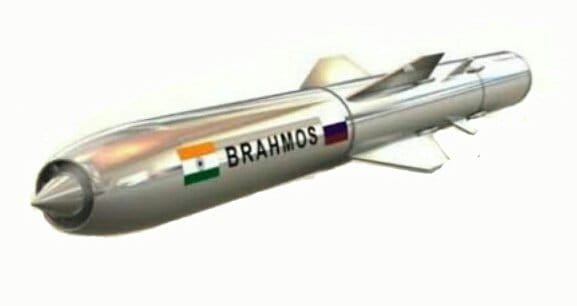
 RSS Feed
RSS Feed
